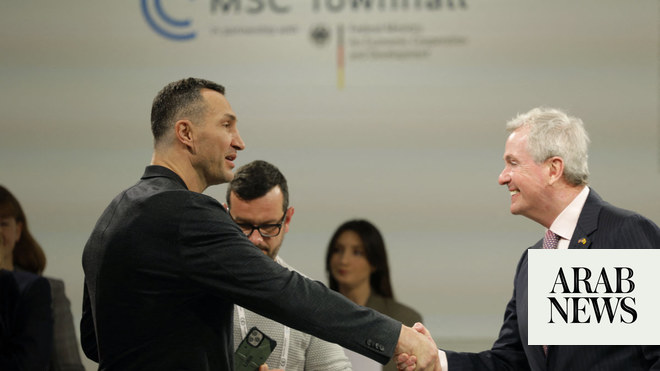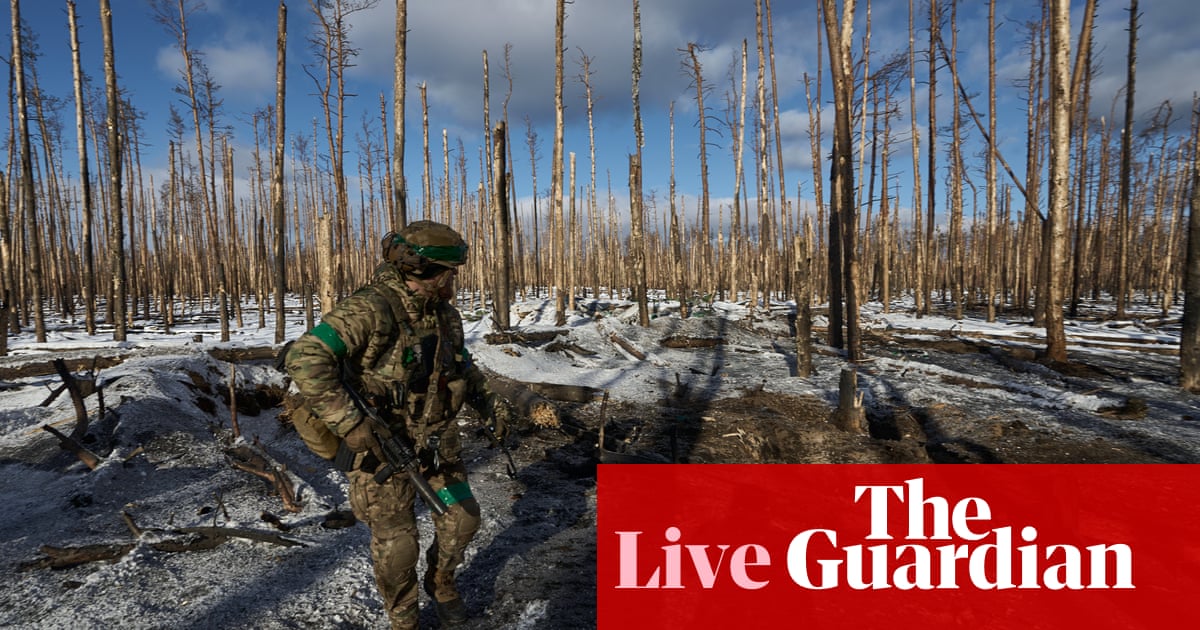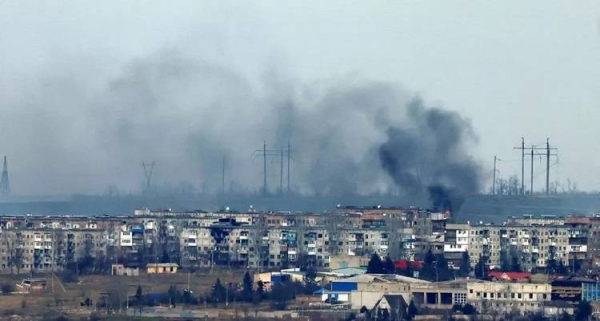
The quick escalation between Russia and Ukraine over the seizure of three Ukrainian naval ships by the Russian Federal Security Service (FSB) off the coast of Crimea in the Sea of Azov is a move about geopolitics and maritime trade. It also risks igniting a new crisis between the two countries.
When the FSB seized the Ukrainian vessels, the crisis was off and running. Earlier in the day, an incident between the two navies occurred, which resulted in Moscow blocking passage through the narrow Kerch Strait, where the Kerch Bridge overarches the waterway. Importantly, blocking the waterway results in a de facto blockade of the Kerch Strait and prevents Ukraine from sailing ships to and from its ports on either side of the Crimean peninsula.
Since April, Russia has been stopping merchant ships sailing through the Kerch Strait, which is greatly limiting the operation of Ukrainian ports in the Sea of Azov. In the past six months, a total of 683 merchant vessels from 19 countries, including four Black Sea states (Bulgaria, Romania, Turkey and Ukraine), have been targeted by this type of Russian activity. Inspections continue to be unjustifiably long. For example, the delay in passage through the Kerch Strait by the Canadian bulker Federal Nagara reached 282 hours, while the Turkish vessel Kaleli Ana was held for 132 hours.
Russia’s actions are affecting Ukraine’s economy, in that they make the export of goods that account for a major portion of Kiev’s state budget revenue increasingly difficult. According to estimates by the Ukrainian Ministry of Infrastructure, total financial losses due to shipping limitations, including port, pilot and transit fees, stand at $20 to $40 million annually. The port of Mariupol is particularly hard-hit. Russia’s Black Sea Fleet is much more robust than the Ukrainian navy in terms of enforcement.
This behavior in the Sea of Azov and Kerch Strait is part of Moscow’s next plan to weaken control in Kherson and Zaporizhia in order to make the waterway a fully Russian-controlled area. An increase in the concentration of Russian armed forces near the Kerch Bridge, including fly-bys of Russian jet fighters, illustrates the strategic importance for the Russian Federation of both the bridge and the waterways surrounding them and the Crimean Peninsula.
Russia’s use of strong-arm tactics to access the Sea of Azov and control of the ships sailing through the Kerch Strait enables Moscow to exert economic pressure on Ukraine by exacerbating the difficult political and economic situation in the Donbass. In this way, the Russian leadership is trying to influence this part of Ukraine’s coastline in order to prepare the ground for further absorption into Russia’s sphere of influence. It is meant to put maximum pressure on Kiev.
Any American or European call for Western naval forces closer to the disputed area would not be wise.
Dr. Theodore Karasik
So what happens now? Ukrainian President Petro Poroshenko implemented martial law in the country’s southwest for the next month. But, instead of rallying the troops so to speak, Poroshenko is reversing any movement toward reform and thus playing into a weakening Ukraine.
Any American or European call for Western naval forces closer to the disputed area would not be wise. Alternatively, Moscow is again acting with impunity, which of course will draw the usual rhetoric from the West — US President Donald Trump has already said he is considering canceling a planned meeting with Vladimir Putin on the sidelines of this week’s G-20 summit.
Russia’s move regarding the Sea of Azov is regarded as a geopolitical necessity dictated by the Kremlin’s desire to control the landmass north of the Crimean Peninsula. This area provides the bulk of electrical and water supplies to Crimea and Russian influence and control over this area of Ukraine appears to be a strategic priority for Moscow.
Clearly, Russia is escalating against Ukraine at a time when Moscow is doing well in the international arena, and is in a strategic and tactical position to do so even with the G-20 rapidly approaching. Russian airstrikes in Syria occurred at the same time as Moscow’s move against Ukraine, perhaps because of Europe being distracted by Brexit woes. Europe is likely to be burdened with what comes next in the crisis, which increasingly sees Ukraine’s own domestic political situation taking a toll on the government’s capabilities and capacity.
Moscow has deployed at least 120 different military and patrol ships to the Sea of Azov since April. Moreover, those deployments are part of a concentration of Russia’s joint military forces near Ukrainian borders, including combat aviation and offensive long-range missile carriers, plus land and amphibious troops. From this assessment, the Kremlin apparently has not given up on the idea of eventually trying to forcibly create a land corridor across southeastern Ukraine from Russia to Crimea, and continues to use specific pressure tactics to create favorable conditions for such an operation. With the G-20 approaching, an escalation between Russia and Ukraine is certain to come up, but a derailing of key meetings is unlikely.
Dr. Theodore Karasik is a senior adviser to Gulf State Analytics in Washington, DC. He is a former RAND Corp. senior political scientist who lived in the UAE for 10 years, focusing on security issues. Twitter: @tkarasik
Disclaimer: Views expressed by writers in this section are their own and do not necessarily reflect Arab News" point-of-view












